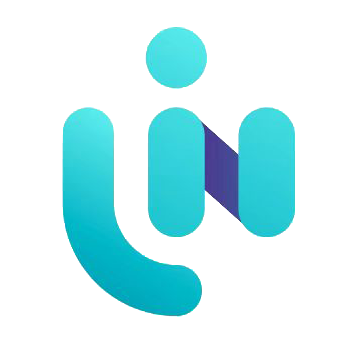1. Capacitive touch screens only need touch, not pressure to generate signals.
2. Capacitive touch screens only need to be corrected once or not at all after production, while resistive technology requires regular calibration.
3. The lifetime of the capacitive solution will be longer, because the components in the capacitive touch screen do not need any movement. In a resistive touch screen, the upper ITO film needs to be thin enough to be elastic so that it bends down to touch the lower ITO film.
4. Capacitive technology is superior to resistive technology in light loss and system power consumption.
5. The choice of capacitive technology or resistive technology mainly depends on the object touching the screen. If it is a finger touch, a capacitive touch screen is a better choice. If you need a stylus, whether it's plastic or metal, a resistive touchscreen will do the trick. Capacitive touch screens can also use a stylus, but a special stylus is required to cooperate.
6. The surface capacitive type can be used for large-size touch screens, and the relative cost is relatively low, but it cannot support gesture recognition at present: the inductive capacitive type is mainly used for small and medium-sized touch screens, and can support gesture recognition.
7. The capacitive technology is wear-resistant and has a long life, and the maintenance cost is low when the user uses it, so the overall operating cost of the manufacturer can be further reduced.
8. Capacitive touch screen can support multi-touch technology, and unlike resistive touch screen, it is unresponsive and not easy to wear.

Please give us a message
Electronic Technology Co., Ltd.
